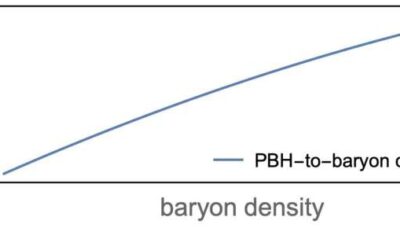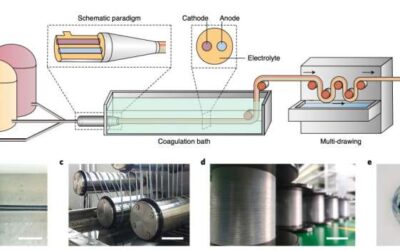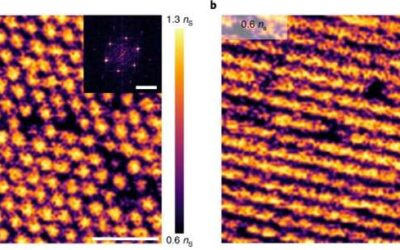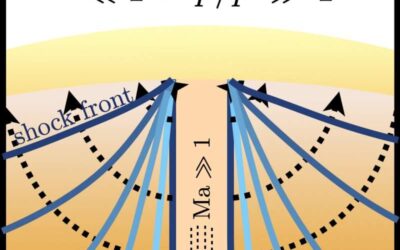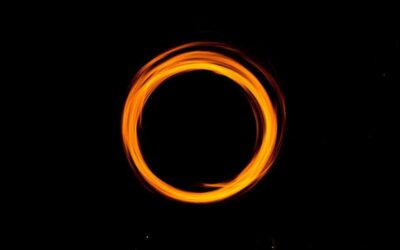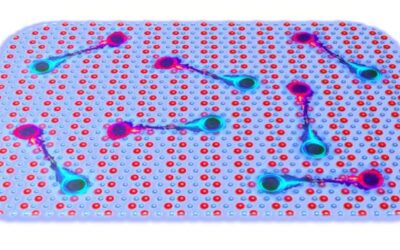2D van der Waals crystals, a class of materials that exhibit strong in-plane covalent bonds and weak interlayer interactions, have recently become the focus of numerous research studies due to their plethora of unique electrical, optical, and mechanical properties....
PHYS.ORG
Theory shows baryogenesis requirement could drive the contribution of primordial black holes to dark matter
While many studies have hinted at the existence of dark matter, a material that does not absorb, reflect or emit light, this elusive substance has not been directly observed so far. Over the past few decades, many teams worldwide have thus theorized about its possible...
Study introduces the intrinsic superconducting diode effect
In 2020, Prof. Teruo Ono and his colleagues at Kyoto University reported the very first observation of a magnetically controllable, superconducting diode effect in an artificial superlattice. Their findings, published in Nature, paved the way for other studies...
A promising method to produce fiber batteries on an industrial scale
Fiber batteries are millimeter-thin batteries based on fibers that can be woven into items of clothing or used to create highly flexible, wearable electronics. In recent years, many research teams worldwide have been trying to fabricate these batteries, using a range...
A new paradigm to break the electromagnetic reciprocity in 3D bulk metamaterials
Transistors based on semiconductor materials are widely used electronic components with many remarkable properties. For instance, they have a nonreciprocal electrical response, which means that they can isolate two parts of a circuit in such a way that one of the...
Study unveils a Moiré nematic phase in twisted double bilayer graphene
Moiré superlattices are systems in which two sheets of a material are placed on top of each other with a small angle misalignment, resulting in a characteristic pattern known as the Moiré pattern. In recent years, many physicists and material scientists have been...
A device based on 3D transistor arrays for collecting intra and inter-cellular recordings
Animal cells can use elements or ions to generate electrical impulses. These impulses are then conveyed from one cell to another, traveling across cellular networks.
Dark matter travelling through stars could produce potentially detectable shock waves
Dark matter, a hypothetical material that does not absorb, emit or reflect light, is thought to account for over 80 percent of the matter in the universe. While many studies have indirectly hinted at its existence, so far, physicists have been unable to directly...
Study finds that black hole inner horizons can be charged or discharged
Black holes are intriguing and widely studied cosmic bodies with extremely high tidal forces, from which even light is unable to escape. While many studies predicted the existence of black holes, which have also recently been detected, many questions about these...
Study shows that monolayer tungsten ditelluride is an excitonic insulator
Tungsten ditelluride (WTe2) is a transition metal dichalcogenide with numerous advantageous properties and characteristics, which makes it an ideal material for a wide range of electronic applications. Past studies have established that 2D WTe2 crystals arranged...


